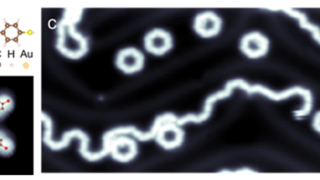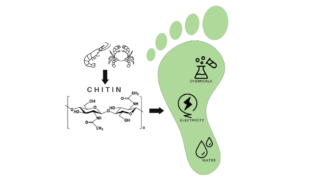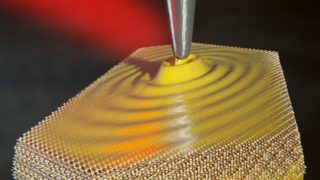
How artificial intelligence language models could take over elections
artificial intelligence Authors: Archon Fung, Professor of Citizenship and Self-Government, Harvard Kennedy School, and Lawrence Lessig, Professor of Law and Leadership, Harvard University Could organizations use artificial intelligence language models such as ChatGPT to induce voters to behave in specific ways? Sen. Josh Hawley asked OpenAI CEO Sam Altman this question in a May 16 […]








